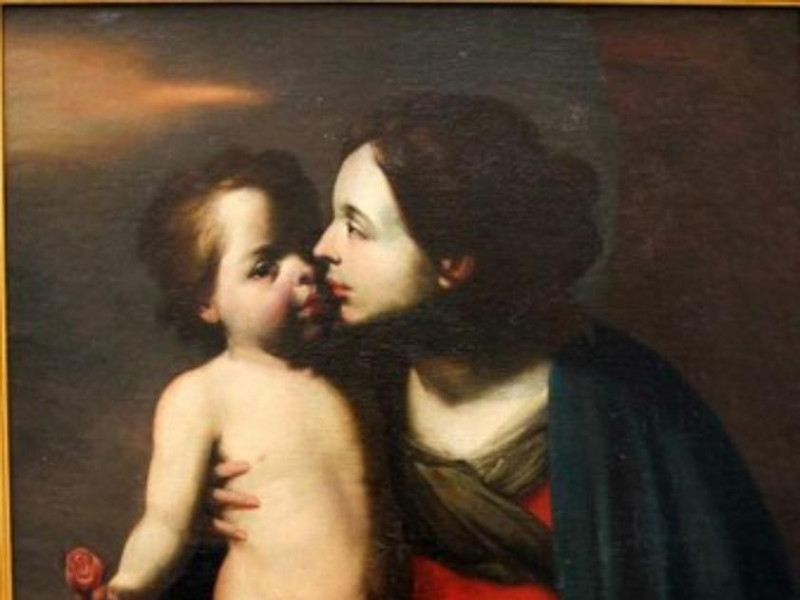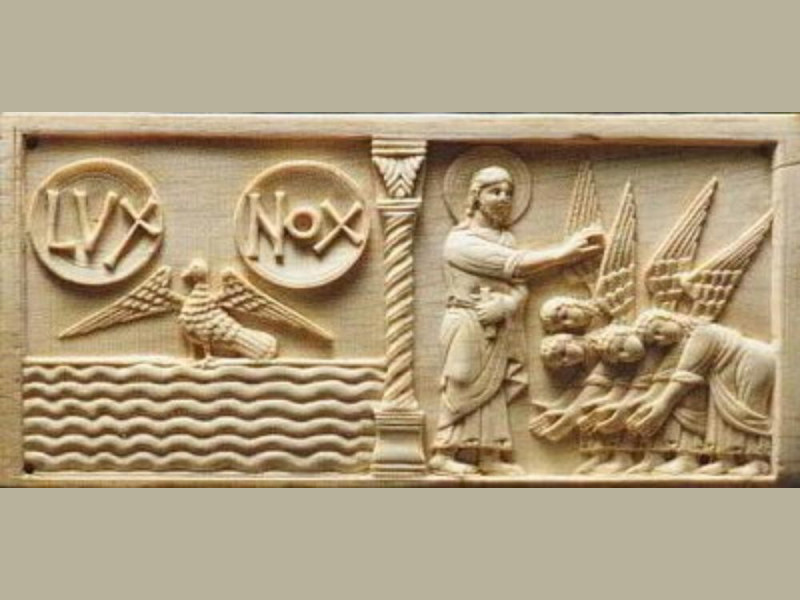Museo Diocesano di Salerno
The Diocesan Museum was built in 1935 by Arturo Capone, a member of the Primacy Chapter. After the earthquake of 1980 was started the renovation of the premises and, in 1993, the exhibition was expanded with a section of paintings panel made between the fourteenth and sixteenth centuries, with a room dedicated to the sixteenth-century painter Andrea Sabbatini. The Museum can offer to the visitor a few works from the Middle Ages to the twentieth century, located in three large rooms. The collection consists mostly of works of art from the Cathedral of Salerno. In the first room there is the precious cycle of ivory: 67 pieces of local production of the first half of the twelfth century, with scenes from the Old and New Testament, of which, most accredited as frontal altar. Important is the number of illuminated manuscripts of the thirteenth and fourteenth centuries, including the Exultet, a long scroll of the thirteenth century, embellished with fine miniatures, which was rolled out by the Diocese during the liturgical ceremonies of Holy Saturday; and the Pontifical Book, manufacturing from Bologna, executed for the Cathedral of Salerno in 1180. It can also spot a wooden crucifix of the Byzantine era and the so-called "Cross of Robert the Guiscard", a relic of the late 1000's with the teeth of the Saints Matthew and James the Less, and a fragment of the Holy Cross. The paintings on wood, whether from the cathedral that from different churches in the diocese, offer a picture of the regional culture between the fourteenth and sixteenth centuries: we can remember the "Crucifixion" of Roberto D'Oderisio, the only work signed by the Neapolitan painter of influence of Giotto; The "Coronation of the Virgin", attributed to the so-called Master of the Coronation of Eboli and "St. Michael the Archangel", of the Veronese painter Cristoforo Scacco, from the middle of the fifteenth century; the first triptych of Mannerist "Madonna and Saints" by Vincenzo De Rogata from Salerno; complexes century paintings of the so-called "Master of the Franciscan polyptyches" by Bartolomeo from Pistoia and, above all, Andrea Sabbatini, whose paintings, all depicting the Mother of Christ, is dedicated the third room. The Counterreformating painting is represented by the "Mystic Marriage of Saint Catherine of Siena" and by the beautiful "Lady of the Rosary" of Francesco Curia; while the seventeenth century is represented by the "San Gemiamo Penitent" and "Saint Peter" by Jusepe de Ribeira. The painting of "St. Philip baptizing the Eunuch", the latest acquisition of the Diocesan Museum, refers to landscape suggestions taken from Domenichino; while the paintings of Nicholas Vaccaro and Nicholas Malionconico showing some Giordaneschi influences and new artistic trends of the eighteenth century. In the bright corridors, leading to the rooms, was temporarily placed the coin collection that goes from Ancient Greece until the Mint of Salerno. The collections is enriched by works of gold, a lapidary and some archaeological finds of Roman and early medieval.




